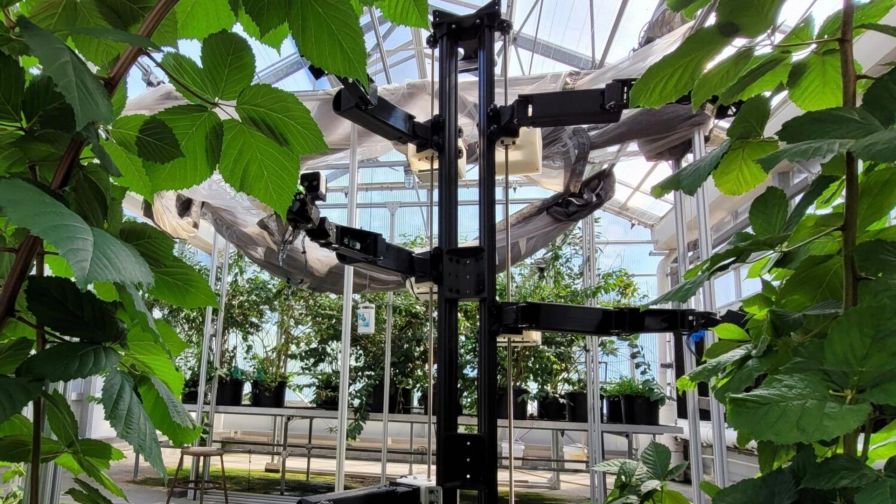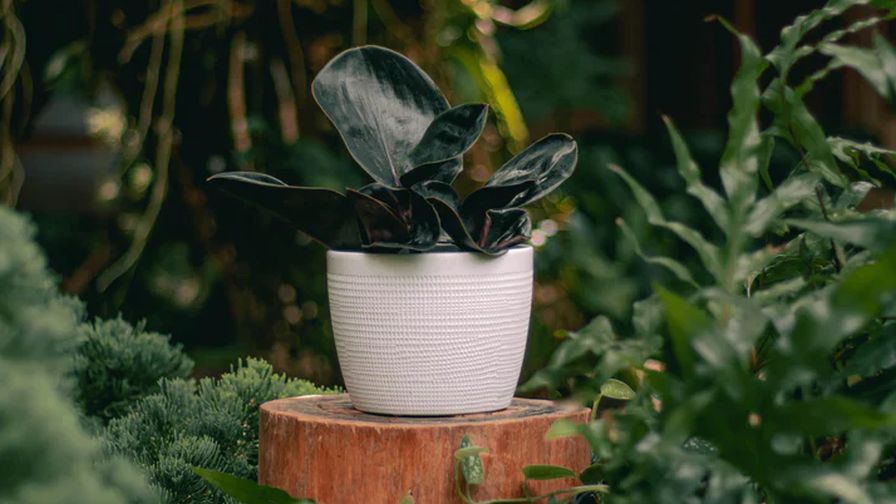Research Shines New Light on Consumer Preferences in Floral Arrangements

Photo: Michael Kellett
When it comes to floral arrangements, consumer preferences don’t necessarily match the designs of florists, according to a new study by researchers at North Carolina State University (NCSU). Particular flower species are important to consumers, while they also pay attention to the overall symmetry of the arrangement as well as the colors presented, the research suggests.
Specifically, the study shows that surveyed consumers love roses and are quite willing to pay more to have them included in floral arrangements, while having little use for chrysanthemums, a Mother’s Day staple.
The findings could be beneficial to florists, says Vanessa Woods, an NCSU doctoral student in horticultural science and co-author of a paper describing the study.
“There’s little research about what consumers prefer in floral arrangements, which is seen by many in the horticulture industry to be an art form,” Woods says. “This is an industry in which products need to be sold quickly, but there’s not much information on what people actually want.”
The researchers brought in more than 120 people and used eye-trackers in the lab to test whether certain elements of floral design theory – used by many florists to create arrangements – are supported by consumer preferences.
The researchers tested a number of design theory elements, including line, whether a straight or moving line can be drawn through the center of the arrangement; symmetry, or whether the arrangements mirrors itself when you draw a straight line through the middle of the arrangement; and color, or whether the arrangements have one, contrasting, similar or assorted colored flowers.
To test these elements, the researchers provided photos of various flower arrangements and asked consumers about their preferences and the prices they’d be willing to pay for arrangements. The researchers used the eye-tracking technology to get insight into the flower arrangements that captured consumer attention and where the eye was drawn to in the designs.
The results showed that consumers were more concerned with flower species than with any of the design theory elements, which was not surprising to the research team.
Click here to learn more about the study.










